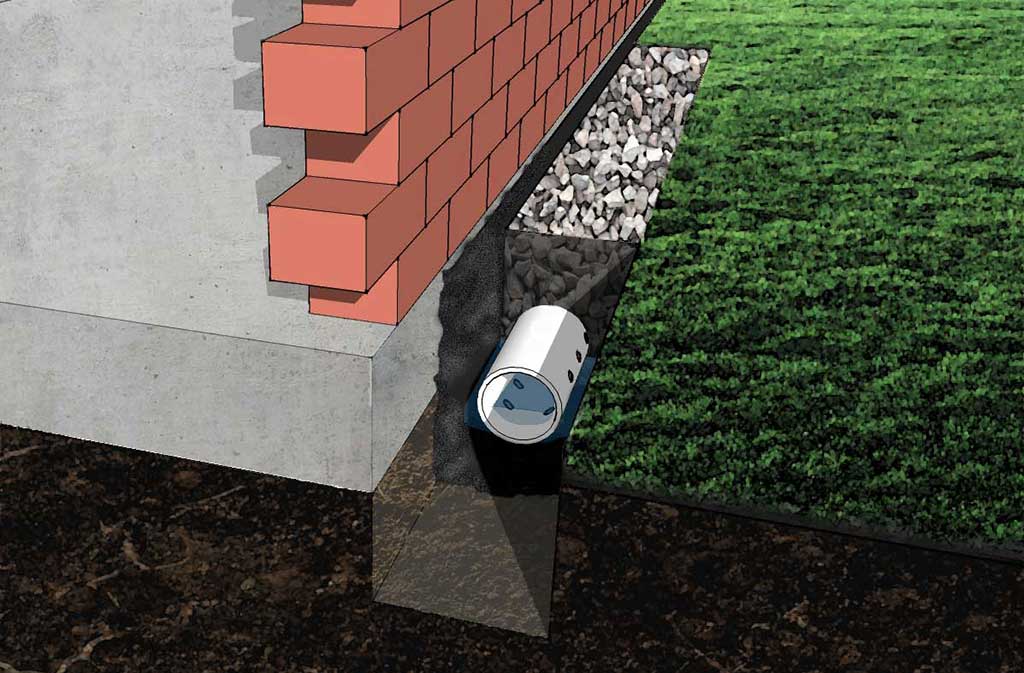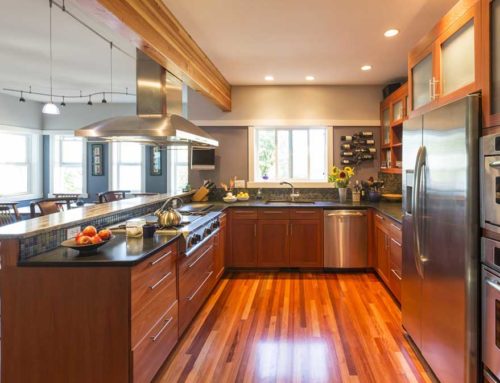Although it is uncertain if the French drain was indeed invented in France, this type of drainage became popular after it was mentioned in an 1859 book called farm drainage. The book was written by a lawyer in Massachusetts, called Henry Flagg French who is actually responsible for the name given to this drainage system.
No matter if it was invented by the French or by the Massachusetts lawyer, if properly built this type of drainage can save your home some pretty serious structural damage. It is also called a curtain drain, a filler drain, a collector drain, an interceptor drain, a dispersal drain or a fin drain, but regardless the variations and the different names it carries, this drainage system serves a single purpose which is redirecting water from one point to another.
This system has been successfully used for years both by farmers and by home owners concerned about the structural integrity of their houses. They are either buried around the foundation wall on the external side of the foundation or they are installed underneath the basement floor on the inside perimeter of the basement. However, if you are interested in building a French drain system you should know that although it is not difficult to do by a professional, an amateur might have some trouble getting it to work properly. As a result, you might end up having a flooded yard or, even worse, a flooded basement.
In order to avoid such a disaster, there are a few easy steps that you could take in order to make sure that everything goes according to plan and you don’t end up ankles deep in water overnight.
The first thing you need to do is dig a trench along the outside of your footing. This trench should be at least two feet wide and its depth can vary between two and six feet. Once the trench is done you need to lay the pipe but to make sure that it is always at an angle, from a higher starting point to a lower ending point. This basically ensures that gravity also plays a part in pushing the water out and redirecting it. You should also make sure that the grade slopes away from the house so that the water is directed away from the walls and its structure. Once the pipe is properly in place you need to cover it with at least 12 inches of gravel and then cover that with filter fabric. The filter prevents any soil or sand from clogging the pipe and ensures that only water runs through it. Once all this is done, all you have to do is cover everything up with soil until it reaches its original height.
As it was mentioned before, a properly built French drainage system can save you a lot of trouble and it can certainly help your house maintain a sturdy and a lasting foundation. However, if you have doubts about building this French drain system it might not be a bad idea to at least talk to a professional.



